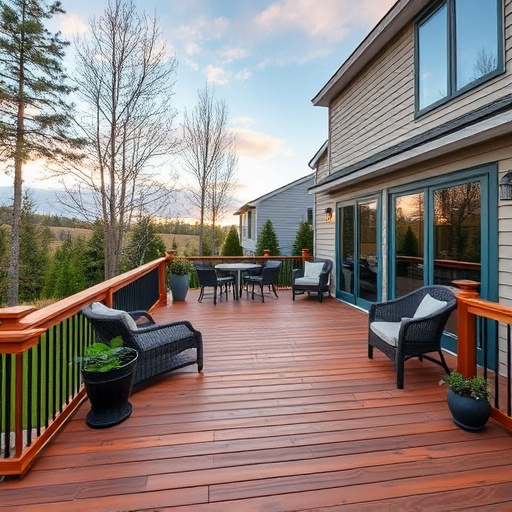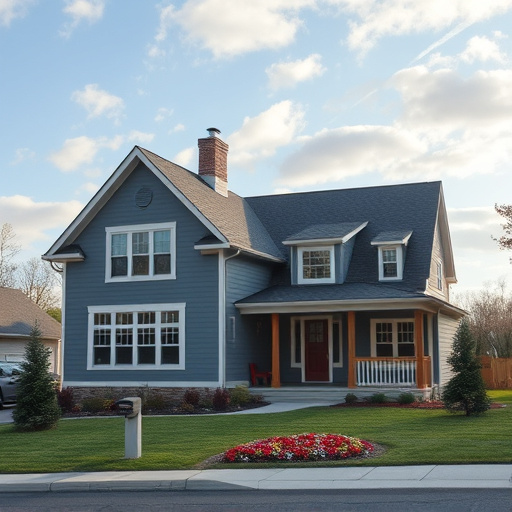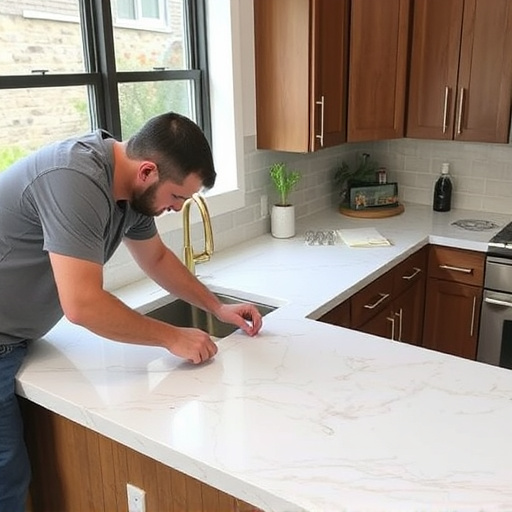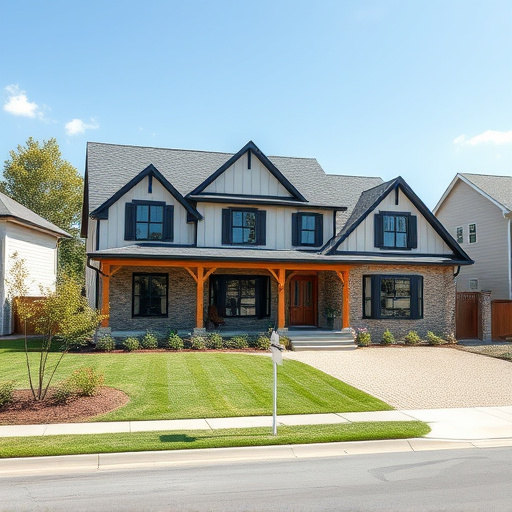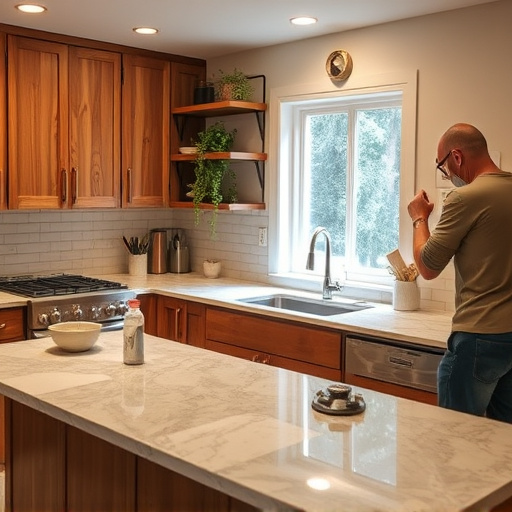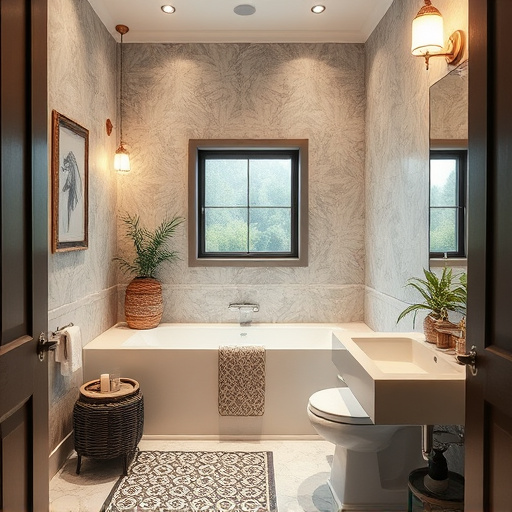Color theory is a vital tool in interior design, enabling designers to create aesthetically pleasing spaces by understanding color interactions and schemes. Complementary colors enhance contrast, while analogous ones offer harmony. Harmonizing flooring and wall colors, guided by themes or home improvement services, creates visually appealing and inviting interiors. Leveraging complementary color schemes for balance and equilibrium makes spaces more serene or striking, depending on the desired design aesthetic.
In interior design, harmoniously matching flooring and wall colors is an art that transforms spaces. This guide explores color theory and its application, offering strategic insights for achieving elegant interiors. Discover how to navigate color wheels, coordinate hues, and create harmonious schemes with complementary tones. From understanding tonal differences to blending shades seamlessly, these tips ensure your floors and walls work together to enhance the overall aesthetic appeal of any room.
- Understanding Color Theory and Its Application in Interior Design
- Strategies for Matching Flooring and Wall Colors
- Creating Harmonic Spaces with Complementary Color Schemes
Understanding Color Theory and Its Application in Interior Design
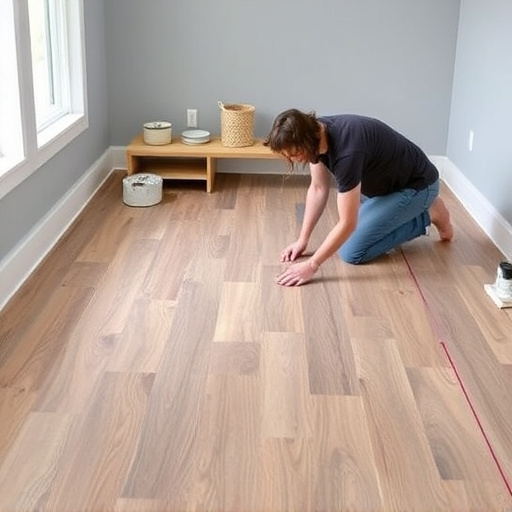
Color theory is a fundamental concept in interior design that helps create harmonious and visually appealing spaces. Understanding how colors interact—their relationships and contrasts—is key to successful home renovation projects, especially in kitchen and bath design. The color wheel illustrates primary, secondary, and tertiary hues, offering a framework for mixing and matching shades. Complementary colors, those opposite each other on the wheel (like blue and orange), create vibrant contrast, while analogous colors (adjacent on the wheel) offer soothing and cohesive schemes.
In residential renovations, applying these color principles involves considering the mood and style you want to achieve. For example, warm tones like reds and yellows evoke coziness, making them suitable for intimate spaces, while cool hues like blues and greens promote relaxation, ideal for calming bathrooms or spacious kitchens. Balancing light and dark shades ensures visual interest without overwhelming a room. This knowledge equips interior designers to craft elegant, cohesive spaces that enhance the beauty of any home.
Strategies for Matching Flooring and Wall Colors
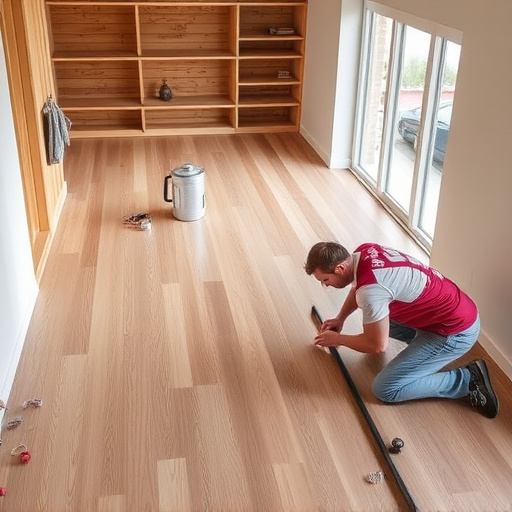
When it comes to interior design, harmonizing flooring and wall colors is a key aspect of creating a visually appealing space. One effective strategy is to choose a complementary color scheme where one color accentuates the other. For instance, a rich hardwood floor in a deep brown shade can be beautifully paired with walls painted in a lighter, neutral beige. This contrast not only brings depth but also creates a sense of balance and warmth.
Another approach involves considering the overall theme and style of your home. If you’re undergoing renovation services or a bathroom remodel, for example, and opt for a modern aesthetic, sleek, light-colored flooring with subtle veining might complement white-washed walls. Conversely, traditional or rustic interiors often look exquisite with natural, earthy tones on both floors and walls. Home improvement services can guide you in selecting colors that enhance your chosen design, ensuring a cohesive and inviting interior space.
Creating Harmonic Spaces with Complementary Color Schemes
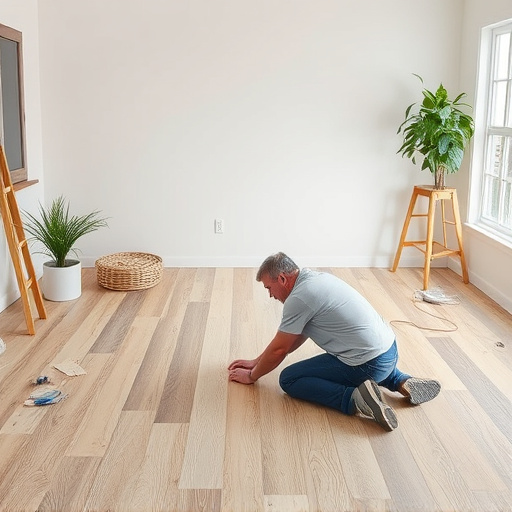
In interior design, creating harmonious spaces involves carefully considering how flooring and wall colors interact to form a cohesive aesthetic. Complementary color schemes play a crucial role in achieving this balance. By using colors that are opposite each other on the color wheel, such as blue and orange or green and red, you can generate vibrant contrast without overwhelming the senses. This approach not only makes the space visually appealing but also promotes a sense of equilibrium, making it more inviting.
For instance, pairing a rich, dark hardwood floor with a light, neutral wall paint creates a striking yet elegant contrast. Conversely, opting for a warm-toned tile and cool-hued walls can produce a serene ambiance. Customized home renovations or home additions can benefit from these color choices, as they enhance the overall aesthetic while also affecting the perception of space. Home improvement services that focus on flooring and paint selection should therefore prioritize understanding their clients’ preferences for color schemes to deliver tailored solutions that transform homes into warm and inviting spaces.
In the realm of interior design, harmoniously matching flooring and wall colors is an art that enhances the overall aesthetic appeal of a space. By understanding color theory and its application, one can create symphony in their homes or commercial spaces. The strategies outlined in this article serve as a guide to navigating this intricate process, from choosing complementary schemes to ensuring visual balance. Whether you’re a professional designer or folks diving into home improvement, these tips will help revolutionize your interior design game, fostering a vibrant and inviting atmosphere.




